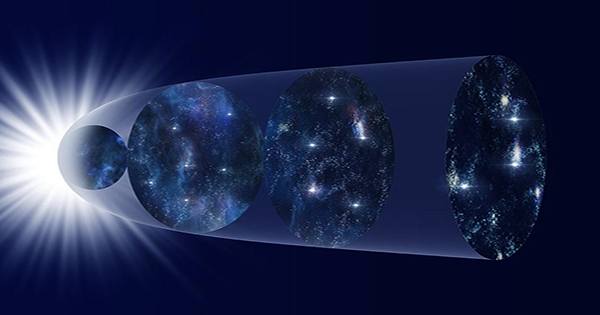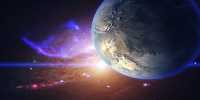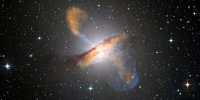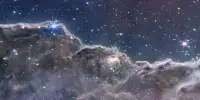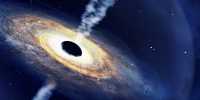The speed at which supernovae are moving away from us has alerted scientists to the existence of dark energy, one of the most significant discoveries of recent decades. However, a new analysis of 1,048 of these powerful explosions has hinted at something even more unknown, causing an unexplained change in the rate of expansion of the universe.
The announcement that the astronomers emphasized their work is not yet final – it could be a sign of instrumental error or sample bias. If the pattern is real, it means that something big is missing from our understanding of physics. Type IA supernovae are especially valued by astronomers for their continuity in the amount of light they emit. By comparing the apparent brightness of a supernova we can estimate its distance with our estimate of true optics.
The speed at which a supernova galaxy moves away from us can be estimated using a redshift of light. Combined, these allow us to calculate the “Hubble Constant” (H0), the ratio of the distance of motion to the expansion of the universe. However, attempts to measure H0 using different methods to create different values have run into problems. Supernovas failed to resolve the question, presumably because the samples used were too small, or in any way biased.
Dr. Maria Dainotti of the National Astronomical Observatory in Japan set out to investigate using 1,048 supernovae of the so-called Pantheon. Dainotti and co-authors conclude in the Astrophysical Journal (RXBR’s preprint) that this pattern increased H0 as the universe got older. If true, we would have to rewrite physics primarily to explain it – perhaps adding some unknown force. Although the size of the dinosaur’s large sample does not fit perfectly with the concept of a change in H0, he is still not ready to claim to overturn the standard model of cosmic physics.
These papers accept far less dramatic explanations for these results if there is any bias to the supernova we are discovering. It doesn’t matter how big your sample is, if it doesn’t present it will create a distorted image. Initially the amount of metals in the stars in the universe was low and it is possible that type IA supernovae from metal-poor stars are not so bright that we miss something and miscalculate the distances we see.
